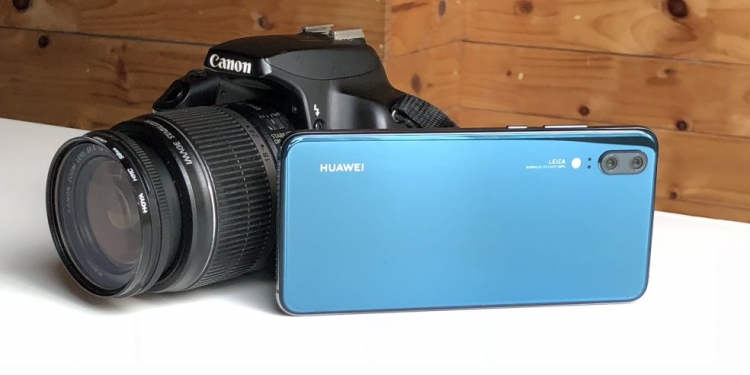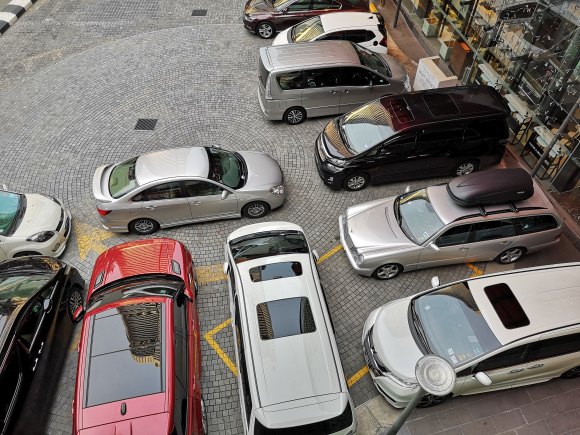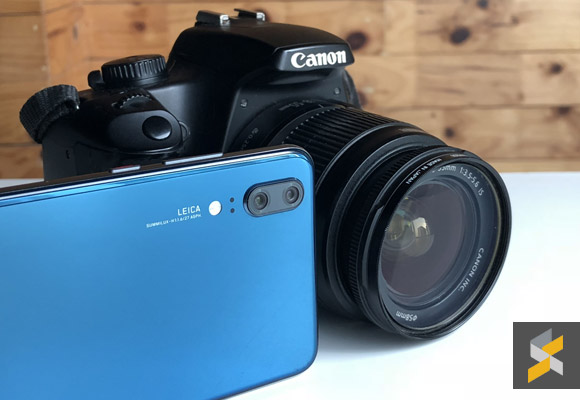
This post is brought to you by Huawei.
Smartphone photography has come a long way since the early 2000s. With the Huawei P20 Pro, you can get the best photography experience on a smartphone thanks to its LEICA co-engineered triple-camera setup.
While the P20 Pro is Huawei’s top of the line product, the more affordable Huawei P20 is also an excellent photography tool which scored over 100 points on DxOMark Mobile. To find out if the dual-camera P20 is up to mark, we’ve pitted this sub RM2,500 smartphone with an entry-level DSLR for a photo shootout.
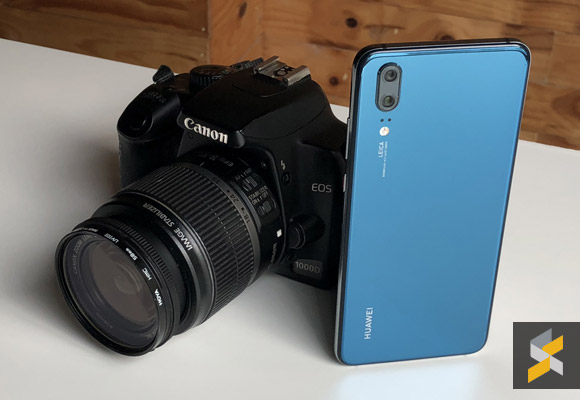
For this comparison, we used a Canon EOS 1000D, which is a popular entry-level DSLR from 2008. It has a 10MP APS-C sensor and we paired it with the original EF-S 18-55mm kit lens.
Meanwhile, the P20 gets a dual-camera setup consisting of a 12MP f/1.8 RGB sensor and a 20MP f/1.6 monochrome camera. The main shooter uses a 1/2.3” sensor which is larger than most smartphones in the market.
On top of that, the P20 uses AI to enhance its images. Using real-time scene recognition, it can identify what you’re shooting in 19 different categories and will apply the necessary tweaks to create beautiful images that pop.
With the technical specs out of the way, let the pictures do the talking.
Scene 1
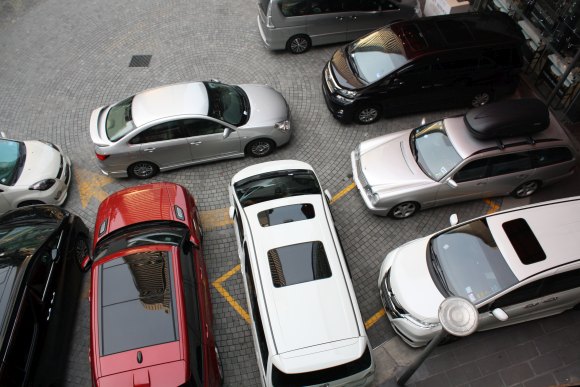
Canon EOS 1000D
In this outdoor scene, the P20’s image is sharper, and you can even see the details of the floor tiles. Added sharpening is obvious in the final image which gives it that extra clarity.
Scene 2

Canon EOS 1000D
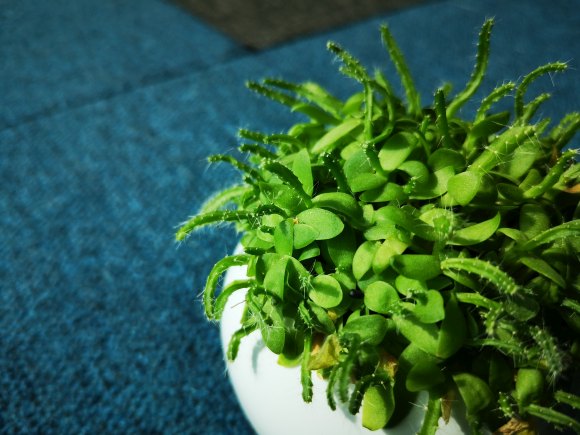
Huawei P20
When shooting plants or greenery, the Huawei P20’s Master AI feature will bump up colour saturation for a more vivid picture. It works the same with food, which you’ll see from the samples below.
Scene 3
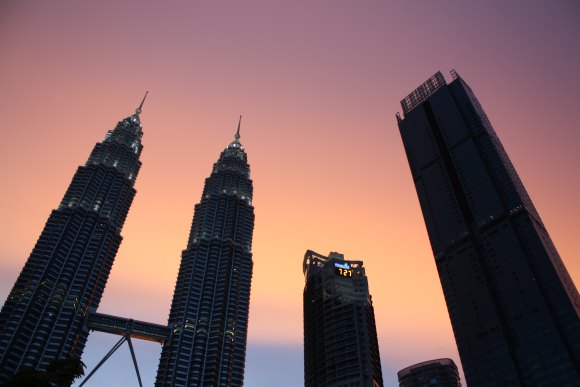
Canon EOS 1000D
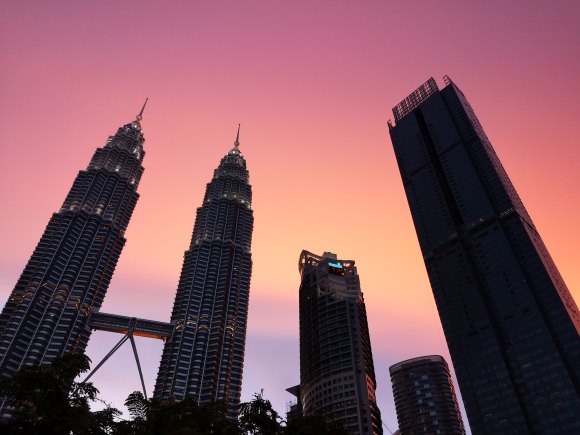
Huawei P20
The Huawei P20 even has its own sunset mode that’s triggered automatically. The P20’s Master AI will intelligently adjust the colour saturation and contrast to bring out the colour of the sky while preventing overexposure.
Scene 4
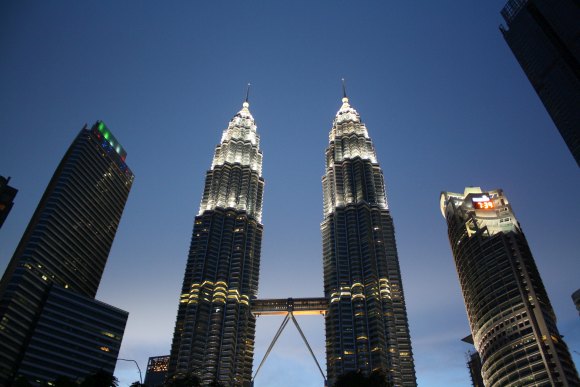
Canon EOS 1000D
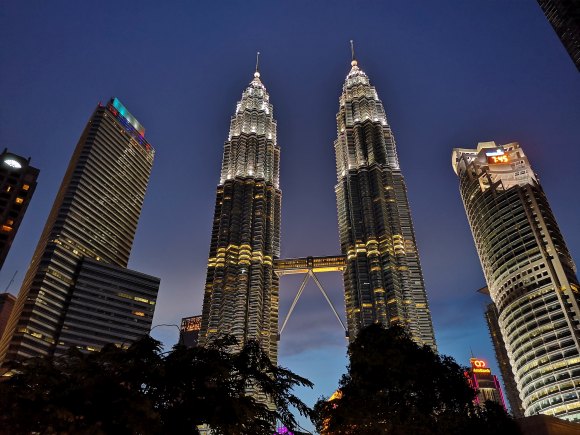
Huawei P20
Night scenes are always a challenge even for DSLRs. While bigger sensor allows more light, you would need a tripod for long exposure shots. In this test, we took the shot by hand while keeping as still as possible. When we compare both images, the Huawei P20 is not only sharper but it is brighter as well.
Despite not having any optical image stabilisation, the P20 uses AI assisted stabilisation (AIS) for sharper night shots. Handheld long exposure shots like these are made possible with machine learning based multi-frame stabilisation. Now you can say goodbye to dark and blurry night photos.
Scene 5
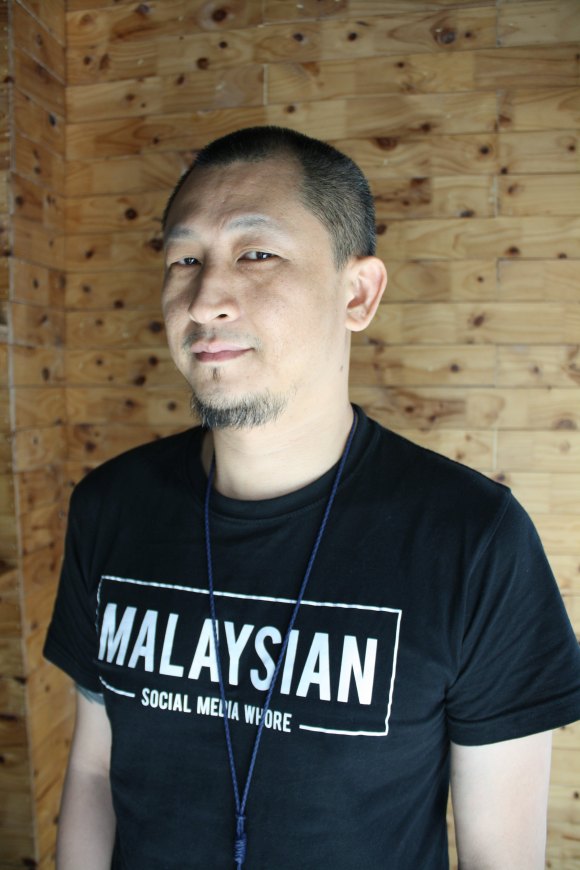
Canon EOS 1000D
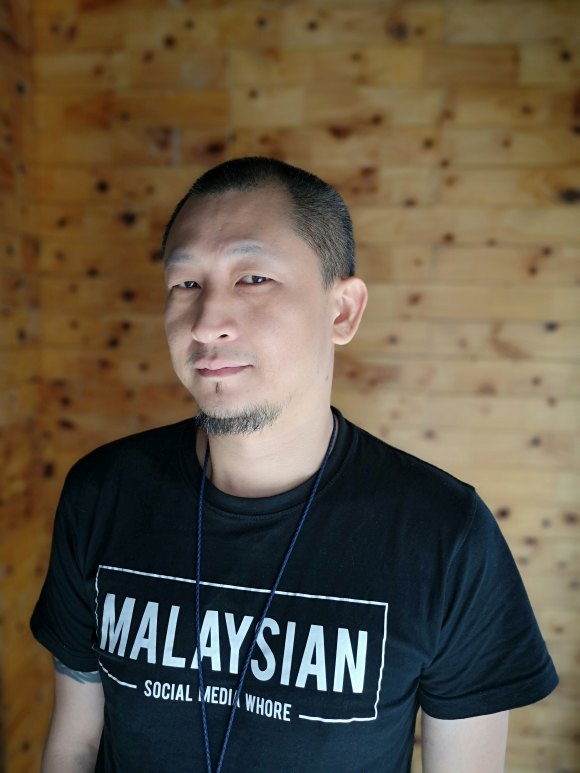
Huawei P20
The P20 is also capable of capturing bokehlicious portrait photos. Just switch to Portrait mode and let its AI-driven 3D facial modelling technology do the rest. You can also add studio-quality lighting effects and preview the changes in real time.
Scene 6
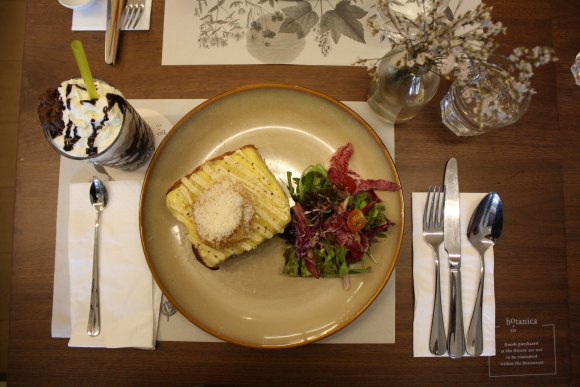
Canon EOS 1000D
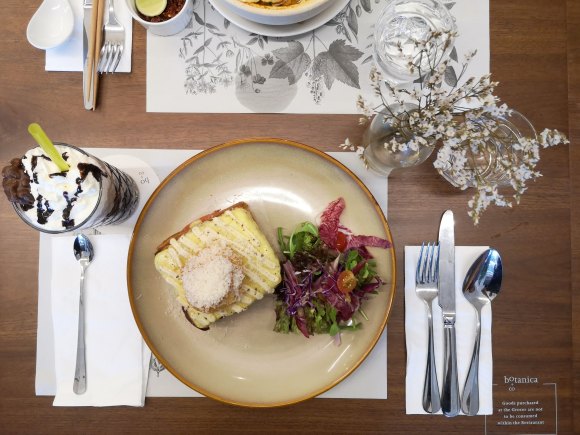
Huawei P20
If you love taking photos of food, the P20 comes with its own dedicated food mode that’s enhanced with AI. The dishes will look more vibrant for a more appetising looking picture. From the sample shot above, you’ll noticed that the white balance for the Huawei P20 is better thanks to its colour temperature sensor. You can check out another food photography sample below and the difference is pretty obvious.
Scene 7
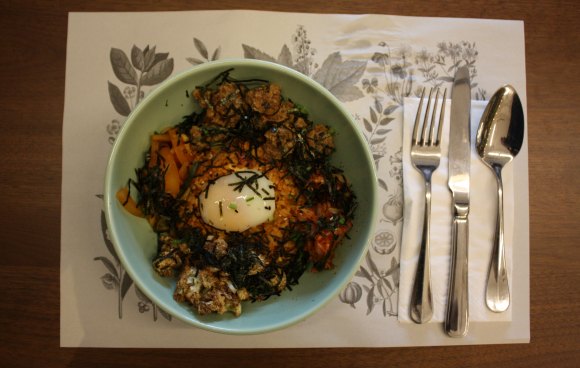
Canon EOS 1000D
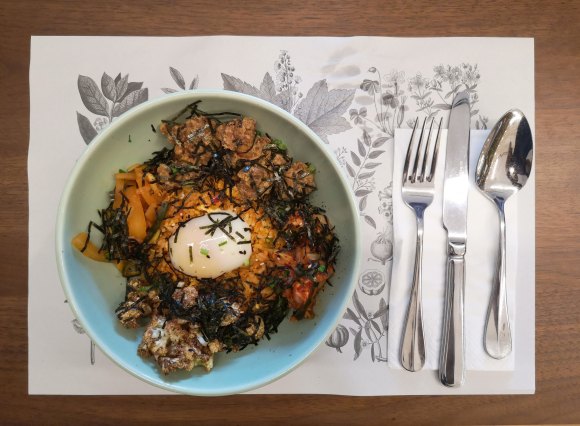
Huawei P20
Of course, DSLRs have their own strengths and they are here to stay. It offers interchangeable lenses, intuitive controls and larger sensors that offer better image quality. However, from this comparison, it is amazing to see what you can capture from a device that’s less than 8mm thick. All shots from the P20 shown here were taken in auto mode, and this shows that anyone can take professional looking photos with the help of AI.
At the end of the day, the best camera is the one that’s with you and the Huawei P20 is a remarkable photography tool that’s always ready to take the shot. The Huawei P20 is currently priced at RM2,452 with 0% GST and it’s available in Black, Midnight Blue and Pink Gold.

